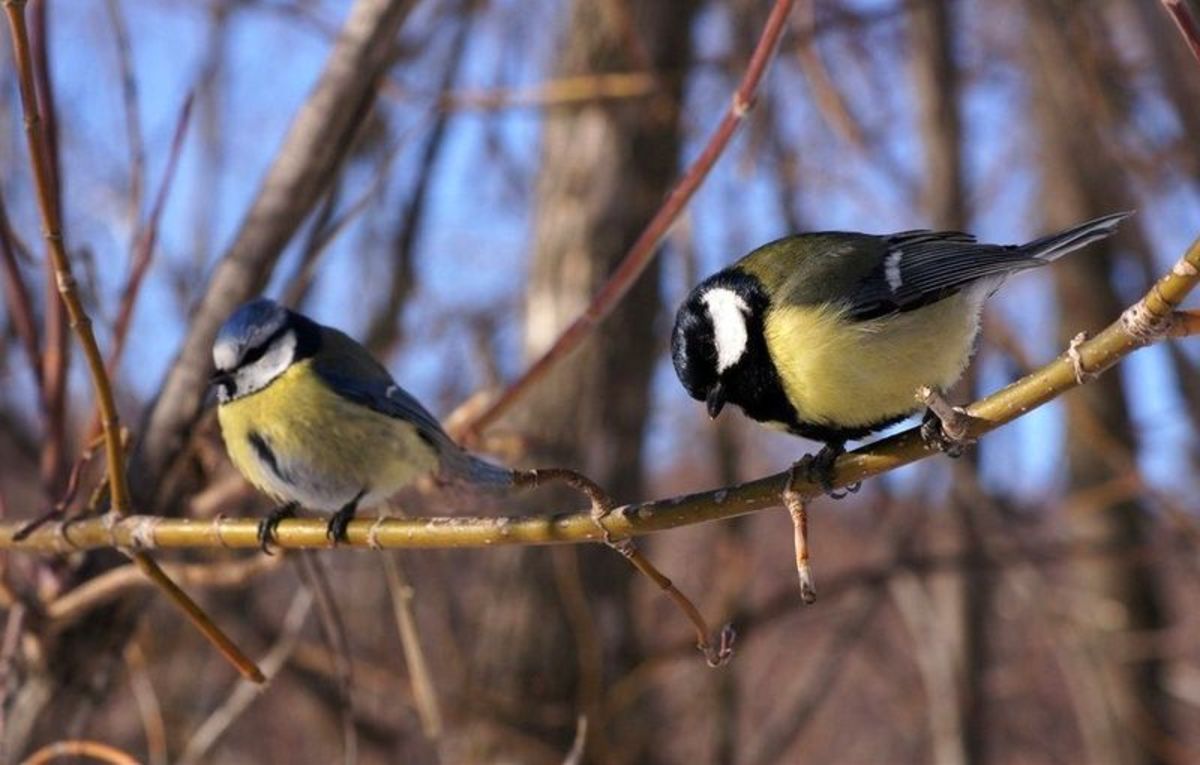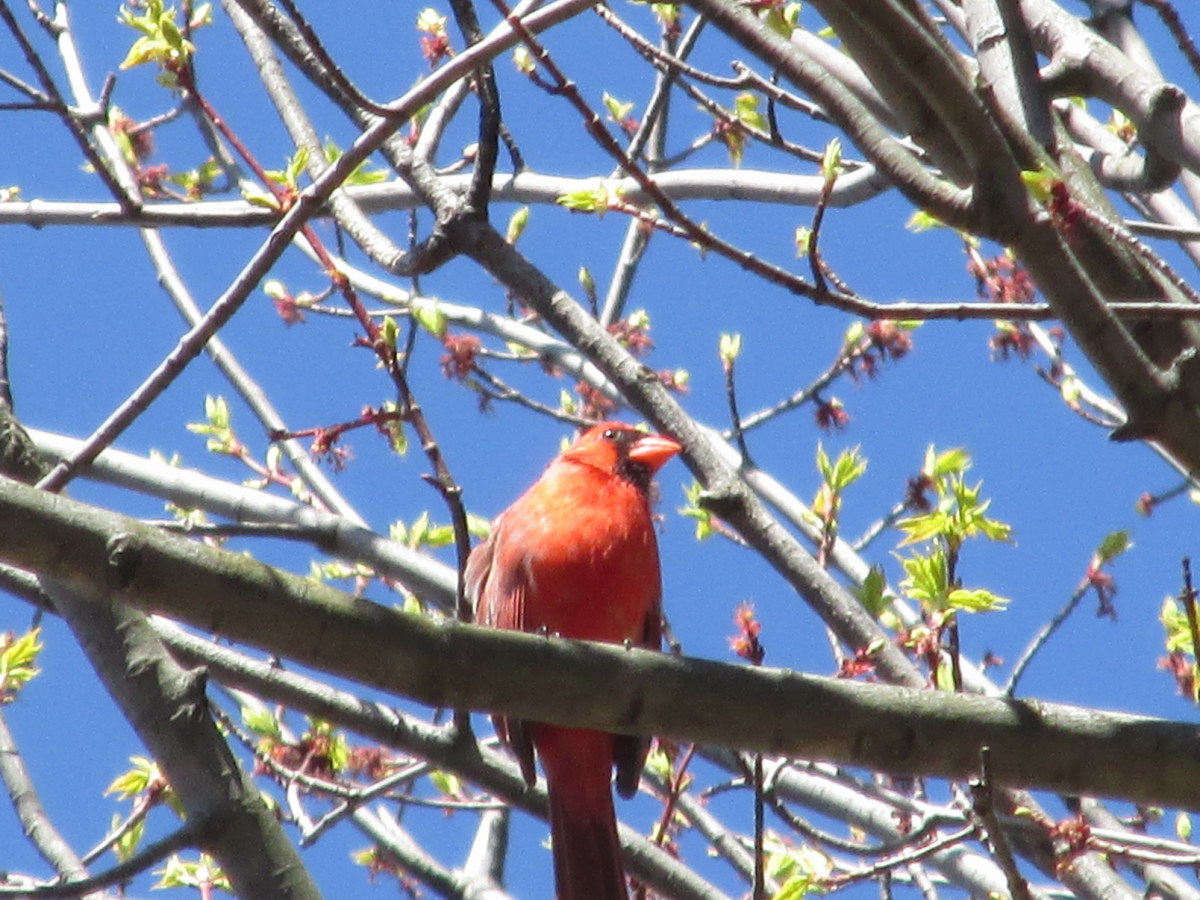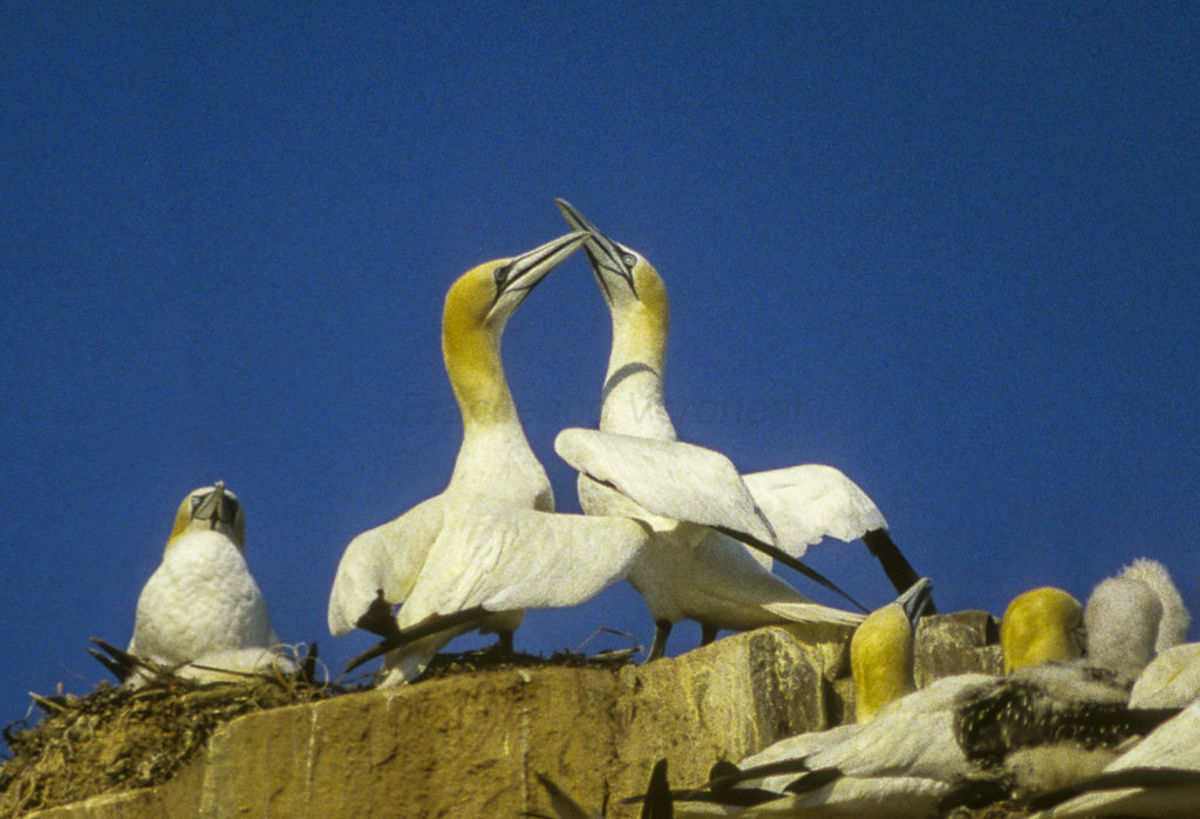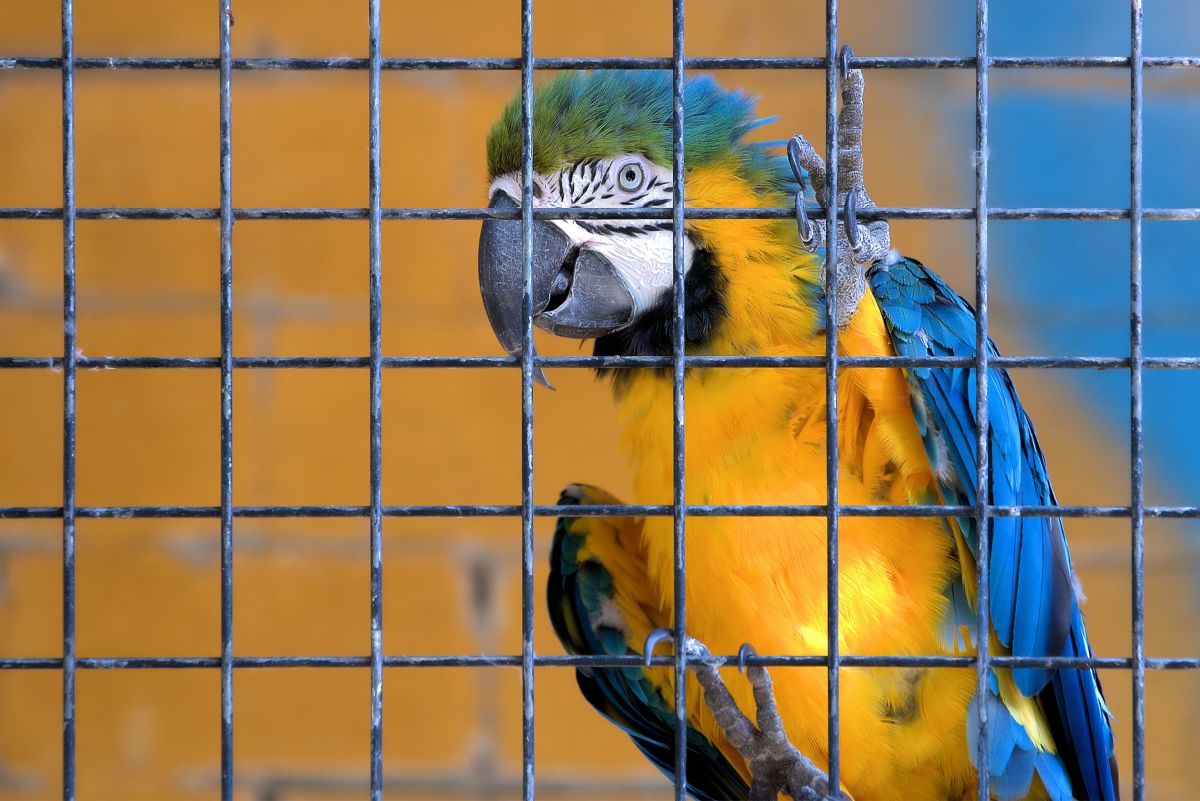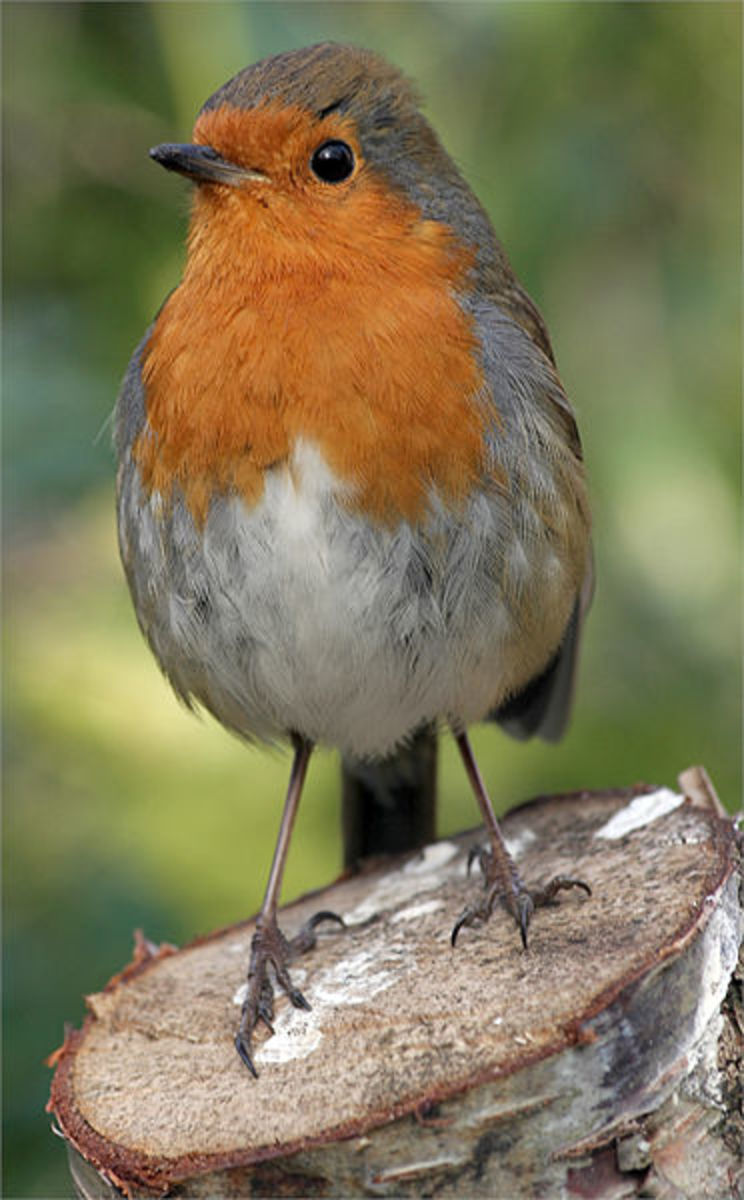Swifts: Life In The Air
Free As A Bird
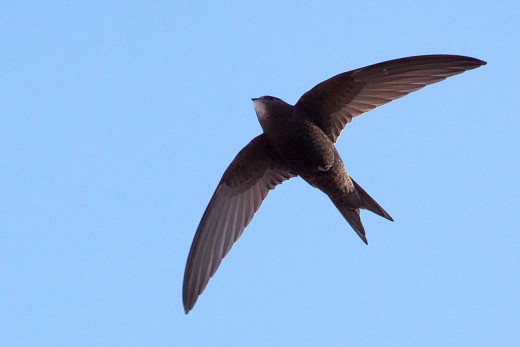
Screaming Swifts
Last In, First Out
If you think about it, swifts cannot have much regard for the UK. They arrive in May as one of the last migrants, and then they leave, with impolite haste, by the end of August. They are like dinner guests taking the first opportunity to bid farewell, leaving you with a half filled evening and the sense that they scarcely wanted to come at all.
Much of a swift's life is spent away from Britain. Some weeks are spent travelling, but most are lived under African skies, from the central to the southern half of that continent. The truth is that swifts only come here for our temporary clear, sunny skies and also for our very long summer days. They might breed here, but at heart they are African birds, sojourning here for a short nesting expedition lasting three months or so. As soon as they are finished they will take the next flight home.
Indeed, swifts seem rather at odds with the UK and its weather. For successful breeding they need the air to be relatively still, and the conditions to be fine. They are highly specialised birds, feeding on aerial invertebrates that float around in the atmosphere below 300 feet or so. Although most of a swift's prey consists of flying insects, it will also hunt for the huge, barely known army of minute, gossamer-borne spiders that also find their way up here, to be dispersed by the wind. Each diminutive member of the so called 'aerial plankton' is caught individually, by a flick of the wings and an opening of the swift's huge gape. They are singled out by eye. The swift does not trawl open-mouthed through swarms of insects, sweeping them up as if with a net. It is a far more refined feeder than that, having a preference for food that is between 0.2 and 0.3 inches in length.
Scared Of Thunder?
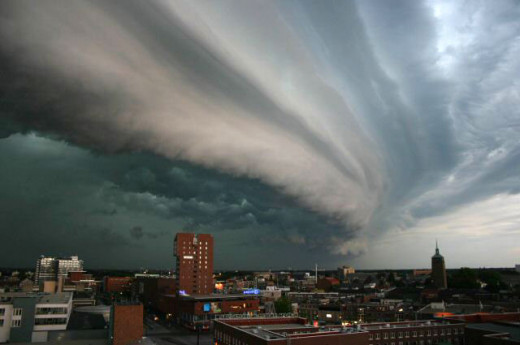
Swifts Up Close
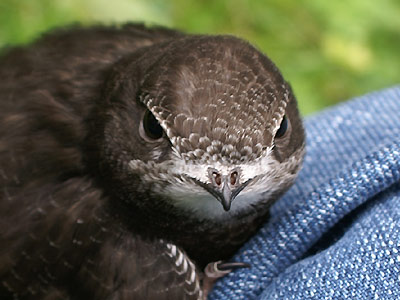
Nature's Weather Forecasters
Of course, the weather is not always suitable for this high precision aerial pursuit. As soon as the wind gets up or the clouds gather it becomes more difficult for the swift to catch food. For a while it can manage by fielding the insects that have just hatched from ponds or rivers, skimming very low in long, rapid sweeps just over the water surface. Or it will concentrate in the sheltered air behind woods or buildings, or in the lee of higher ground. But it will only deign to cope with this for a certain period of time. If bad weather persists, it must take extreme measures.
In fact, swifts can tell very quickly if bad weather is approaching, for there may be a perceptible drop in the numbers of food items wafting around the atmosphere, even when the depression is still three hundred miles away. With this early warning system in place, many birds, especially those that are not breeding, have the choice to opt for avoidance, rather than riding out the inclement conditions to come. Despite being attached to the colony, they leave the area temporarily, not staying around to be rained upon and to be blown about. The swifts, one might say, take flight.
And so the retreating birds begin a journey. Despite the fact that it could be midsummer, and that they are not due to migrate for many weeks, they nonetheless embark on a round trip that could take them several hundred miles away from their breeding, or potential breeding colonies. If they were human they would get in a car and just keep on driving until the skies were clear. As it is they fly into the wind, in a clockwise direction, skirting the front and taking a short cut south or south west to the fairer weather behind. Their remarkable storm avoiding movements quite regularly take them to the Continent and back, and the whole trip may be as much as 1200 miles. And for the duration of their trip, these restless swifts are, at least technically, British birds.
The swift's remarkable ability to avoid weather fronts is made possible by its celebrated aerodynamic shape. With their streamlined bodies, tiny feet and long, sickle shaped wings, swifts are expert gliders, moving great distances without many wing beats, saving energy like the albatrosses of the Southern Oceans. Swifts are also, as their name implies, extremely fast through the air, and can travel several hundred miles a day effortlessly. These attributes have conferred on the swift by far the most aerial existence of any living bird.
First Flight
High Flyers
Although breeding swifts sleep in their nests, non-breeding birds are famous for their ability to cat-nap on the wing, and to stay aloft throughout the short summer nights. On the warmest evenings of the year, it's possible to watch them as they first fly over in screaming, circling parties, then rise higher and higher into the air as darkness gradually falls, eventually being lost to sight. They will rise to a height of between 3000-7000 feet, or occasionally higher, and maintain their lift by flying into the wind and alternating flaps and glides. Here they undoubtedly doze and lose some of their alertness, although it seems unlikely that they sink into the depths of sleep. By dawn they are on the way down again, circling until they once again reach the aerial plankton layer. Here they will stay for the rest of the day, where, unfettered by breeding activities, they can spend their time feeding and watching the world from their elevated viewpoint.
It has been said that a young swift, not breeding until it is two years old, has no cause to touch down on something solid, from the point that it takes its own first flight to the point that it first lands near its own first nest site some twenty months later. Although that is hard to prove, there is little doubt that some non-breeding swifts simply spend the entire season flying around the vicinity of their usual or prospective colony. These birds do not land at all. By day they fly low, by night they fly high.
So, as if the short length of their stay were not galling enough, many of our swifts don't actually set foot in this country even when they do come to visit us. If they really were dinner guests, we wouldn't invite them back.
© 2014 James Kenny

